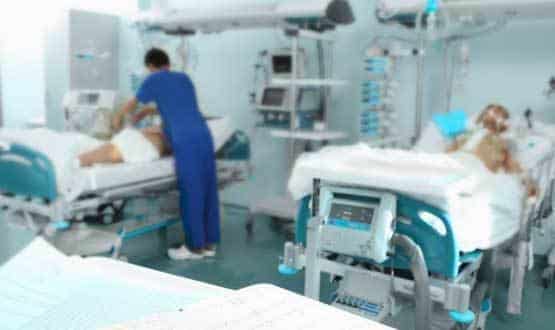Student nurses in Manchester are being taught to capture bedside observations on an iPad, using the Patientrack system.
The students at the University of Manchester will still be taught how to record bedside observations on traditional paper charts. But in a shift that underlines how clinical care is increasingly becoming digital, they will also be used to capture vital signs electronically from the start of their training.
Patientrack is one of a number of observations and alert systems in use in UK hospitals. These are used to record observations, automatically calculate an early warning score, and send an alert to medical staff if a patient is at risk of deterioration.
Carol Wilde, a former A&E matron, who is now clinical skills tutor at the School of Nursing, Midwifery and Social Work at the University of Manchester, said: “Learning how to carry out patient observations and recording accurate vital signs is the bread and butter of nursing practice.
“As the NHS becomes paperless, we need to give students a real feel for the systems they will use. Introducing Patientrack into the classroom was the only way to do this; something no other nursing school has done.”
A student training version of Patientrack has been created, to help students understand how to record patients’ observations on iPads and other tablet devices.
Students will use the technology to help them manage a simulated deteriorating patient for a full day; recording observations and experiencing hospital escalation scenarios in action.
Professor Steven Pryjmachuk, director of NHS education contracts and external liaison at the School of Nursing, Midwifery and Social Work, said: “Our NHS trust partners use Patientrack, and now our students are able to test out the technology in a safe, simulated clinical setting, in preparation for use in real clinical environments.”
Donald Kennedy, managing director at Patientrack, said: “It is fantastic to see this innovation spreading into the classroom, to help equip the nurses of tomorrow with the skills they need to deliver the best possible care for patients.”

